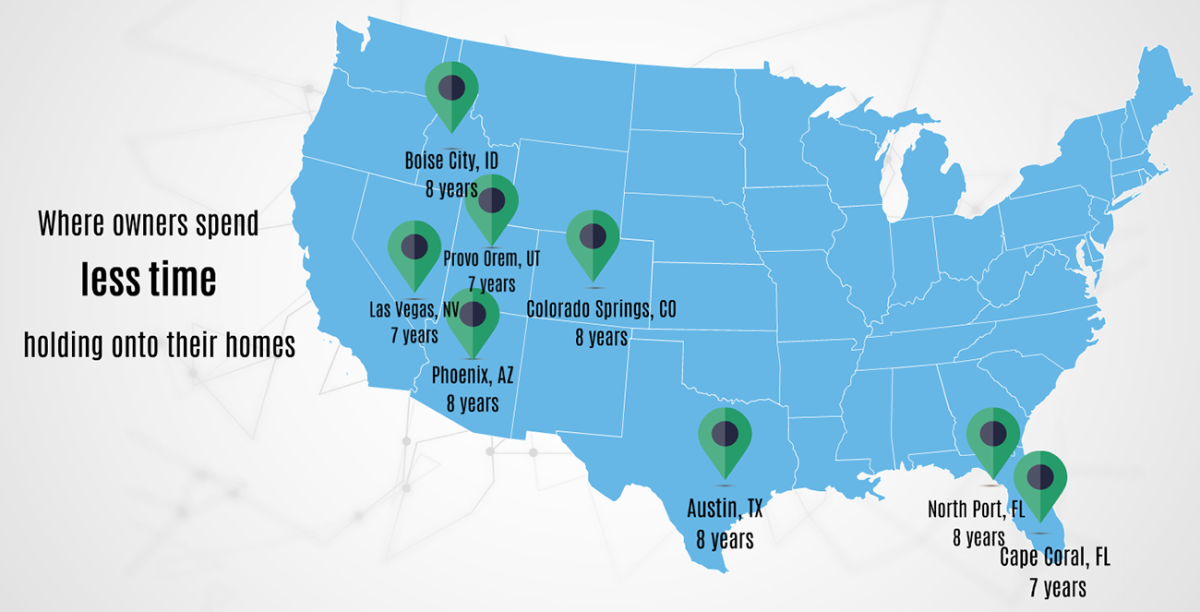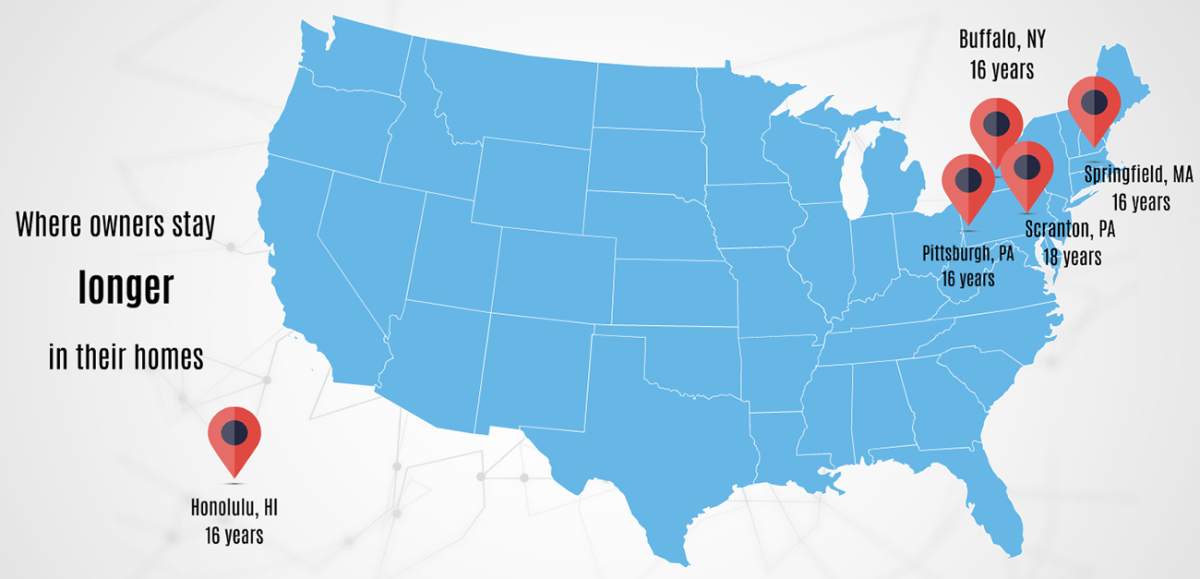
Image: Pexels
Addiction can have a devastating impact on an individual’s personal life, relationships, and career. For small business owners, it often leads to financial ruin and the loss of their business. However, overcoming addiction and rebuilding your finances is possible with the right mindset and strategy. In this article from Natalie Jones natalie@homeownerbliss.info, we will discuss the steps small business owners can take to work toward financial recovery after addiction.
Acknowledge and Accept Your Addiction
The first step in recovering from addiction and rebuilding your finances is acknowledging your addiction and accepting that it has caused the loss of your business. This may be a difficult and painful process, but it is crucial for moving forward. By understanding the root cause of your financial struggles, you can begin to address them and work toward a better future.
Review Your Budget and Reduce Expenses
Next, take a close look at your current budget and identify any non-essential expenses that can be reduced or eliminated. This may include dining out, entertainment, or other discretionary spending. Cutting back on these costs can help free up money to be used for more important financial goals, such as paying down debt or investing in your new venture.
Develop a Budget You Can Stick to
Once you have identified areas where you can cut back, create a realistic and detailed budget that accounts for all of your income and expenses. This will help you stay on track with your financial goals and ensure that you are making progress toward financial recovery. Be sure to regularly review and update your budget as your financial situation changes.
Look for Ways to Generate Additional Income
In addition to reducing expenses, consider ways you can generate additional income to help speed up your financial recovery. This may involve taking on a part-time job, freelancing, or starting a side business. The extra income can be used to pay down debt, build up savings, or invest in your new venture.
Consolidate Your Debts
If you have multiple high-interest debts, consolidating them into a single loan with a lower interest rate can help make your debt more manageable and reduce your overall interest payments. This can free up more money to put toward other financial goals and help you get back on track more quickly.
Work with Your Creditors
Be proactive in communicating with your creditors to explain your situation and request more favorable repayment terms or lower interest rates. Many creditors are willing to work with individuals who are facing financial difficulties due to addiction, as long as they demonstrate a commitment to making progress toward recovery.
Create a Roadmap for Your Financial Future
With a clear understanding of your current financial situation and a realistic budget in place, create a roadmap for your financial future. This should include short-term and long-term goals, such as paying off debt, building an emergency fund, and investing in your new venture. Regularly review and update your roadmap as you make progress toward your goals.
Seek Help if You Relapse
Finally, it is essential to seek help if you relapse to ensure that you can maintain your progress. Substance abuse treatment centers can provide the support, resources, and tools you need to recover and break free from your addiction. When selecting a facility, consider whether you need inpatient or outpatient treatment, and learn more about its reputation by reading online reviews. By addressing the root cause of your financial struggles, you will be better equipped to achieve lasting financial recovery.
Financial recovery after addiction is possible for small business owners who are willing to acknowledge their addiction, develop a realistic budget, and take proactive steps to rebuild their finances. It’s also crucial that you seek treatment at a rehab facility if you suffer a relapse. By following the strategies outlined in this article, you can work toward a brighter financial future and regain control of your life.




























